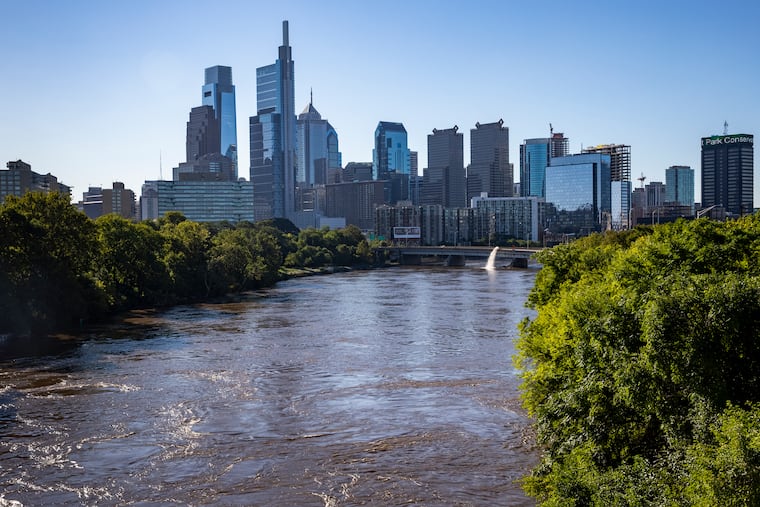Alex, first named tropical storm of the season, forms in the Gulf of Mexico
While the storm has positively soaked Miami, Philly and the Jersey Shore have been enjoying one amazingly splendid weekend.

After soaking South Florida as a nameless but prodigious rainmaker, Alex finally early Sunday morning earned the credentials to become the first named storm of what the major forecasting services are confident will be another quite-active tropical-storm season in the Atlantic Basin.
Ironically, after it met the requirements to earn a name at 2 a.m. — way later than originally forecast — the storm ceased to be a significant threat to the U.S. coast, save for some potential rip currents that could affect the Jersey beaches during the week.
What the National Hurricane Center had called “Potential Tropical Storm One,” which followed a due northeast path across the Gulf of Mexico from the Mexican coast to the Florida peninsula, had been forecast to become a genuine tropical storm Friday afternoon. However, it did not become Alex until it had exited Florida’s east coast. Early Sunday it was taking its peak 50-mph winds out to sea.
For residents of South Florida, however, the naming was a mere technicality. More than 11 inches of rain was reported in Miami, with totals of 6 to 9 inches common elsewhere.
» READ MORE: Forecasters agree this is going to be quite a busy hurricane season
It was not expected to have any effect in the immediate Philadelphia region. However, its indirect impact might be felt at the Shore during the week. The National Weather Service’s Mount Holly office said that “long period swells” could reach the Jersey and Delaware coasts Tuesday or Wednesday, and that they “could increase the rip current risk.”
In the meantime, the splendid run of weather is due to continue into Tuesday, until the chance of showers returns Tuesday night through Thursday.
But no new tropical disturbances are on the hurricane center’s horizon.
Whether Alex is the prelude to another punitive season in the Sunshine State and elsewhere along the East and Gulf Coasts and the nearby mainland is impossible to know with certainty, hurricane researchers say.
They are confident, however, that the season will produce more than adequate raw material with above-average numbers of named storms, those with winds of at least 39 mph, and hurricanes, with winds of 74 mph or better.
» READ MORE: Last year more hurricanes made landfall, and Philly felt the fallout
Colorado State University’s Philip Klotzbach sees an 80% probability that at least one hurricane will have an impact on Florida. By comparison, the chances of one directly impacting New Jersey is less than 15%.
In his June update, posted Wednesday, Klotzbach predicted 20 named storms for the Atlantic Basin, which includes the Caribbean and the Gulf of Mexico, with 10 of those becoming hurricanes, and five growing into major hurricanes, with winds of 111 mph or higher. The long-term averages are 14 named storms, seven hurricanes, and three majors.
Klotzbach and other hurricane specialists have cited above-normal sea surface temperatures in the subtropical Atlantic, which would provide fuel for potential cyclones, and cooler waters in the Pacific, which is in an ongoing state of La Niña.
» READ MORE: The Philly region is "still reeling" from Ida
During La Niña the upper-air west-to-east winds that can shear off hurricanes in the Atlantic tend to slacken, giving tropical disturbances chances to mature.
The hurricane season began officially Tuesday, and this marked the first time in eight years that no preseason named storm had developed.
Unfortunately, said Klotzbach, preseason inactivity is no predictor for what’s to come.